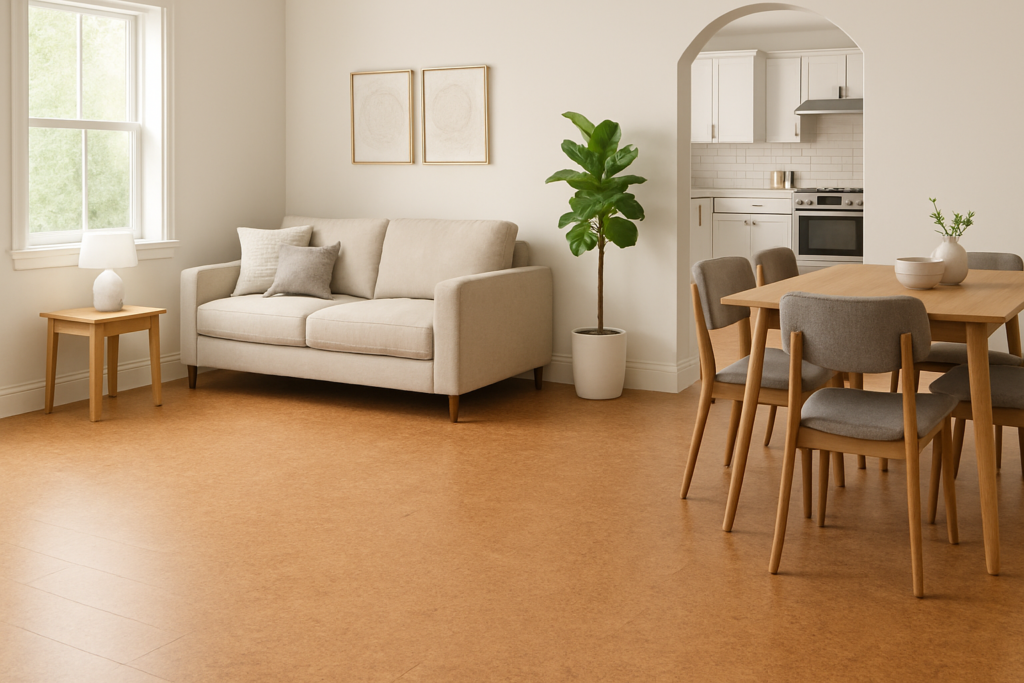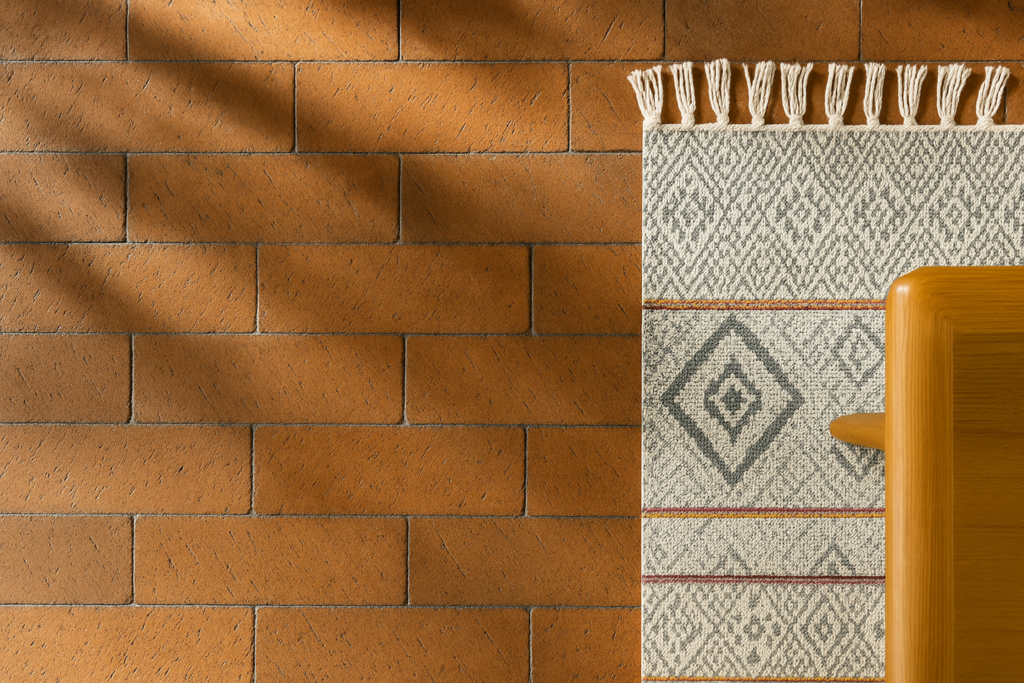Dust isn’t just unsightly—it’s also a hidden health hazard. It can trigger allergies, affect respiratory health, and even damage electronics and furniture over time. If you’re wondering how to rid your entire home of dust once and for all, you’re in the right place. This guide breaks down everything you need to know into clear, actionable steps.
Table of Contents
ToggleFrom the right equipment and materials to expert cleaning strategies, we’ll show you how to make your home a dust-free sanctuary. Let’s dive in.
Why Is Dust a Problem?
Before we begin, it’s important to understand why dust is more than just an aesthetic issue:
• Health Risks: Dust contains allergens, mold spores, pet dander, and sometimes even dust mites.
• Reduces Air Quality: Poor indoor air quality can aggravate asthma and allergies.
• Damages Electronics: Dust builds up in vents and fans, causing overheating and shorter lifespans.
• Dulls Surfaces: Dust creates a film that makes furniture and surfaces look worn and unkempt.
Equipment and Materials You’ll Need
Cleaning Materials:
• White Vinegar
• Baking Soda
• Mild Dish Soap
• Essential Oils (optional)
• Warm Water
• Furniture Polish (silicone-free)
Step-by-Step Guide to Rid Your Entire Home of Dust
We’ll divide each phase into two simple actions so you can maintain momentum and see results fast.
Step 1: Declutter and Prepare Your Home
1A: Declutter All Surfaces
Start by removing items from countertops, shelves, dressers, and tables. Dust loves to cling to cluttered surfaces.
• Place items in a temporary bin or storage box.
• Toss or donate items you no longer use.
1B: Open Windows (If Weather Allows)
Before you start dusting, open windows to ventilate the room.
• Fresh air helps circulate dust particles outward.
• This also reduces indoor air pollution levels.
Step 2: Dust from Top to Bottom
2A: Dust Ceiling Fans and Light Fixtures
Use an extension pole with a microfiber attachment or a special ceiling fan brush.
• Use slow, controlled movements to prevent dust fallout.
• For stubborn buildup, use a damp microfiber cloth.
2B: Dust Walls, Baseboards, and Corners
Walls gather more dust than most people think. Use an electrostatic duster or lightly damp microfiber cloth.
• Run the cloth along the tops of doors, picture frames, and light switches.
• Don’t forget behind the furniture and under the bed.
Pro Tip: Add a few drops of essential oil to the cloth for a fresh scent and natural anti-microbial action.
Step 3: Tackle Upholstery and Fabrics
3A: Vacuum Furniture Thoroughly
Use the upholstery attachment on your HEPA vacuum.
• Focus on sofas, armchairs, cushions, and under cushions.
• Vacuum pet beds, rugs, and curtains as well.
3B: Wash Fabric Items Weekly
Throw pillows, throws, and curtains collect dust quickly.
• Wash according to label instructions.
• Use dryer sheets to help reduce static and dust buildup.
Step 4: Clean All Flooring Types
4A: Vacuum with a HEPA Filter Vacuum
Whether you have carpet or hardwood, this is essential.
• Go slow and overlap strokes to trap fine particles.
• Use a crevice tool for corners and baseboards.
4B: Mop Hard Floors
Use a microfiber mop head dampened with a mix of warm water and white vinegar (1:4 ratio).
• Avoid oversaturating wooden floors.
• Replace the mop head often to prevent spreading dust.
Step 5: Focus on Air Quality
5A: Use an Air Purifier
Install a HEPA-certified air purifier in major rooms like the bedroom and living area.
• Replace filters regularly (usually every 3–6 months).
• Place near windows or vents for best airflow.
5B: Replace HVAC and Furnace Filters
Dust circulates through vents if your system isn’t maintained.
• Replace filters every 1–3 months.
• Consider upgrading to MERV 11 or higher rated filters.
Shop Best AirPurifier
Step 6: Dust-Proof Your Home
6A: Seal Gaps and Cracks
Dust enters through window sills, door frames, and baseboards.
• Use weather stripping and caulk to seal these entry points.
• Install door sweeps to block dust from outdoor air.
6B: Store Items in Covered Containers
Clear plastic bins or sealed baskets keep items dust-free.
• Especially useful in closets, attics, and under beds.
• Label bins for easy access and rotate seasonally.
Buy Storage Containers here:-
4 Tier Plastic storage Bins with Lid
Step 7: Create a Maintenance Routine
7A: Daily and Weekly Dusting Tasks
Establish a cleaning routine to maintain your dust-free home.
• Daily: Wipe kitchen counters, TV screens, and bathroom sinks.
• Weekly: Vacuum, mop, and dust shelves and furniture.
7B: Monthly Deep Cleaning
Once a month, go deeper:
• Clean vents, behind appliances, and under furniture.
• Wash or replace microfiber cloths and mop heads.
Extra Tips for Keeping Dust Away
• Groom Pets Regularly:Brush pets outdoors to reduce indoor shedding.
• Leave Shoes at the Door: This prevents bringing in dirt and dust.
• Use Doormats Inside and Out: Trap particles before they enter your home.
• Choose the Right Fabrics: Avoid heavy drapes and opt for machine-washable materials.
• Minimize Carpeting: Hard floors collect less dust and are easier to clean.
Natural Dust Repellents You Can Make at Home
Here’s a quick DIY dusting spray that helps prevent buildup:
Ingredients:
• 1 cup water
• 1/4 cup white vinegar
• 1 tsp olive oil
• 5 drops lemon or lavender essential oil
Instructions:
• Mix in a spray bottle.
• Shake before each use.
• Lightly spray on surfaces and wipe with a microfiber cloth.
This homemade spray adds shine while keeping dust away longer.
Frequently Asked Questions (FAQ)
Q1: How often should I dust my home?
A: Light dusting should happen weekly, with a deep clean once a month.
Q2: Is a regular vacuum cleaner enough?
A: A HEPA vacuum is strongly recommended because it traps smaller particles, preventing recirculation.
Q3: Can I use feather dusters?
A: Feather dusters just redistribute dust. Use microfiber cloths or electrostatic dusters instead.
Q4: What’s the best type of air purifier for dust?
A: Look for one with a True HEPA filter and a CADR rating suitable for your room size.
Q5: What if I have allergies?
A: Use unscented products, wear a mask while cleaning, and focus on air filtration and vacuuming upholstery regularly.
Conclusion: Breathe Easier in a Dust-Free Home
Dust is unavoidable, but it doesn’t have to take over your life—or your home. By following this step-by-step guide and using the right tools and materials, you can drastically reduce dust and maintain a healthier, cleaner living space.
Just remember: Clean top-to-bottom, vacuum with HEPA filters, and establish a consistent routine. Add in some air purification and dust-proofing tactics, and you’ll breathe easier—literally and figuratively.
Want to keep your home dust-free all year long? Bookmark this guide and set reminders for monthly deep cleans. Your lungs (and your furniture) will thank you.


